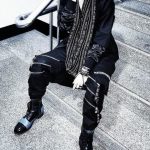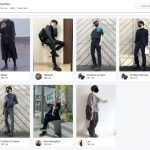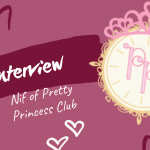Individual Posing Tips—Part II: Feminine Posing
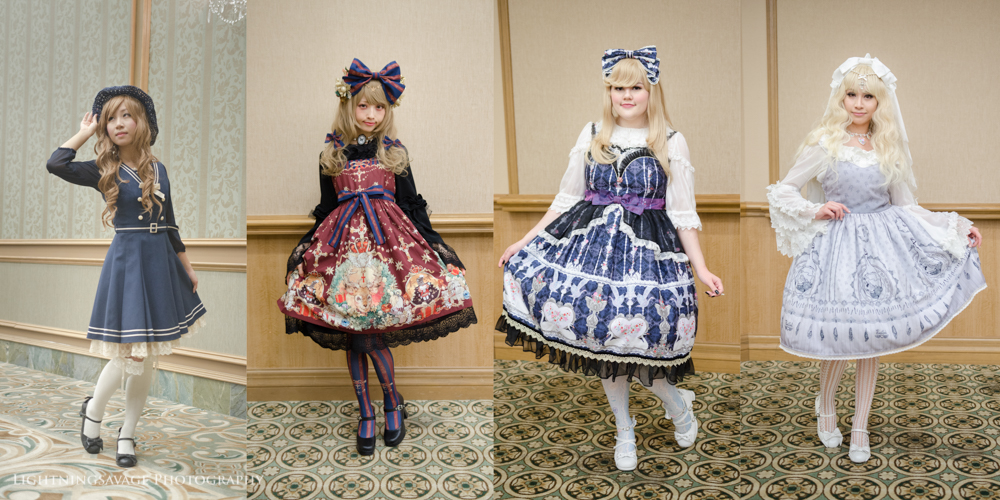
Hey guys! If you’re new to this series, I’d recommend you start by reading my post on general posing, that is, tips to help you pose whether you want to present more feminine or masculine or neither. Those tips are highly important and are fairly large concepts that can apply to any kind of posing anywhere. If you only read one post from this series, I recommend it to be that one!
This post, however, is much more specific. This focuses solely on feminine posing—ie. posing in dresses and skirts, using angles that are read as generally feminine, posing in a petticoat, etc. If you’re looking for masculine posing advice, chillax and wait for my next post.
Here we go!
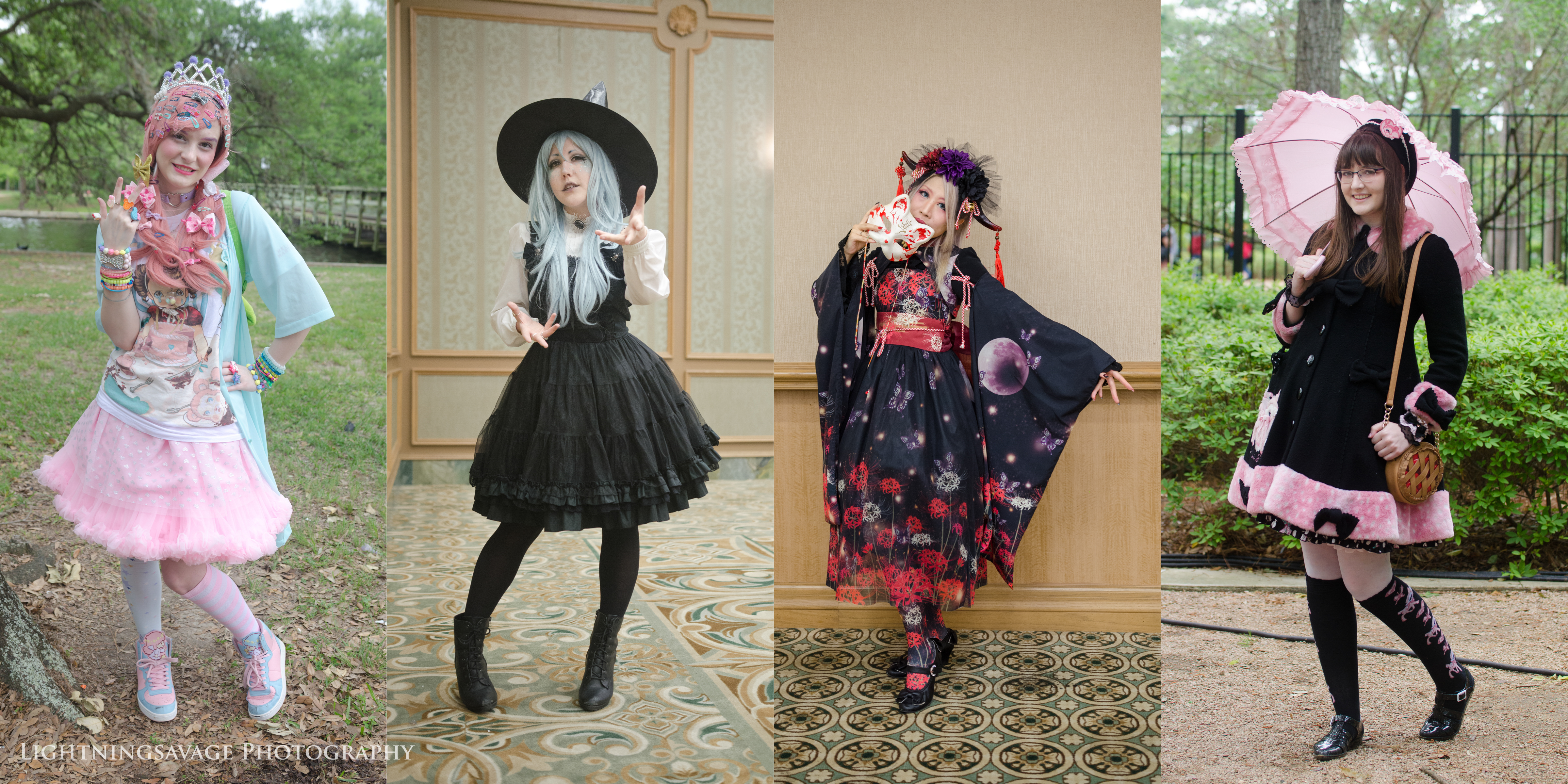
Brittanie Matejowsky, Harley Maldonado, Aito-san (Royal Princess Alice), Lainey White
Posing feminine models comes fairly natural to me, probably because that description fits most of the people I shoot. Dresses are difficult to pose, as the petticoat naturally hides some features you’ll want to highlight as a feminine model. Especially sack dresses. Sack dresses are difficult. But that difficulty makes it fun.
S Curves—And Curves in General
For feminine models, curves are great. You should always always always be aware of your curves and how they look on camera when posing, especially in a dress. A highly sought-after curve is called the S curve, or a curve that literally looks like an S. Back arched, shoulders and hips back, making angles with your legs are all important to making the S curve.
Examples are illustrated in the photo below.
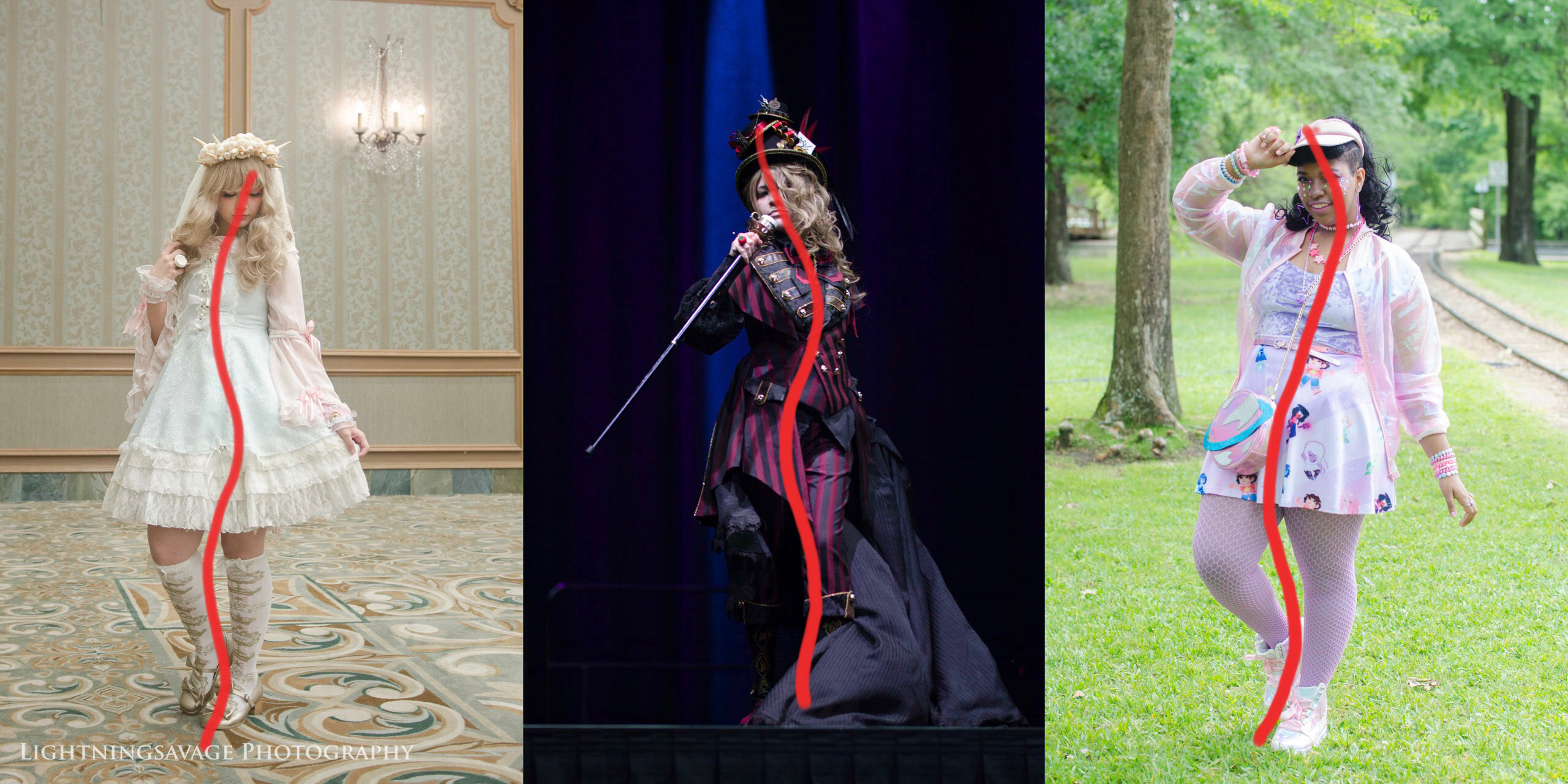
Curves: Lauren Addington, Destiny Hasani, Courtney Skinner
Curves don’t always have to be this extreme to be effective. Based on your body type and what kind of look you’re after, you can make curves as pronounced as you want them to be! Remember, it’s all about what works for you and how comfortable you are when moving your body, and about what kind of look you’re after.
Exaggerate—Or Understate?
Dresses, especially sack dresses, pose an interesting challenge when trying to achieve the S curve. Giant petticoats are great and all, but how do you make a curve when your hips and legs are covered? The best and fastest way I can solve this is to over exaggerate everything. Everything. The boxier the dress, the more you need to exaggerate your movements and poses. This will make it to where it looks like you are wearing the dress and not the other way around. Just make sure to look relaxed while you’re over exaggerating, otherwise it’s likely you’ll look like a tense mess. That’s the difficult part. A good example of this exaggeration is Harley in the photo at the beginning of this section, in the photo with the witch coordinate. His leg is outstretched, making his hips look like they’re more “popped” to the side than the actually are. It works. In this particular pose, it brings attention to the shoes, legs, and skirt—I’m not sure if that’s exactly what Harley wanted, but it works and I really like it! It’s dramatic and confident without being overstated or awkward. Looking for “out there” poses like this can help you figure out your strengths and weaknesses in posing. If you love your legs, why not try to use them to emphasize the rest of your look?
Now, sometimes exaggeration isn’t what you want. If you want to look delicate, there’s a way to do that too. Take Lauren in the photo below:
Lauren Addington
She’s not exaggerating much, except her eyes. She enjoys wearing a lot of sack dresses—she practically lives in them! Because of this, she’s used to working with them, and sometimes she lets the silouhette of the dress itself speak for her. Standing straight to the camera (yes—breaking rules here!) with your hands in front of you, Bree’s photo below for example, can make you look super delicate and feminine, although it can boarder on looking shy and scared if you’re not used to posing like that. In other words, you run the risk of losing energy and, therefore, interest. Remember my notes about energy in Part I? That’s right—this is where you put this into practice. Shift your energy from your body into your eyes, or your face, and hold the viewer’s interest there.
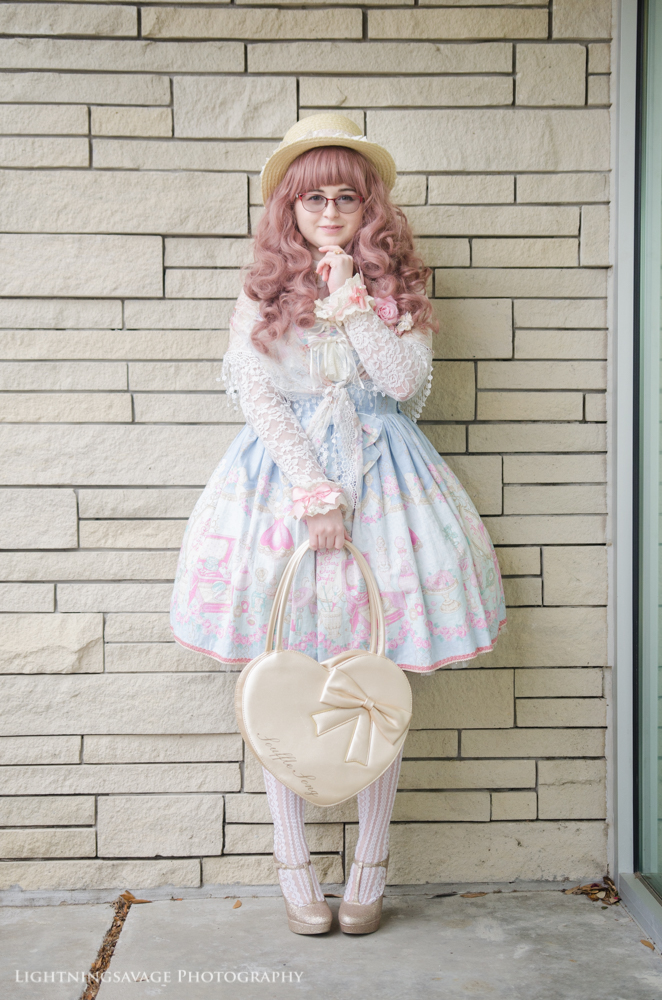
Bree Love
Be Graceful
This one might sound a little silly, but it helps! A specific example of this is in arms: I tell my models to think Disney princess. You know how they float their arms a lot of the time? It can get a bit annoying when overdone, but this is the general feel you want, especially in your hands and arms, when posing for a photographer.
This is so, so important.
A lot of people when they’re trying to be confident turn tense or rigid in their extremities, and they lose all grace in their arms and legs. This is why, instead of telling my models to “move their arms out” I’ll tell them to make their arms float. The feeling should be similar to if you were in water or in space with zero gravity—your arm would naturally trail behind you in graceful glory, without odd angles or tense muscles, and it definitely wouldn’t be straight by your sides. Slow, deliberate, delicate, and graceful. This is what we’re trying to achieve.
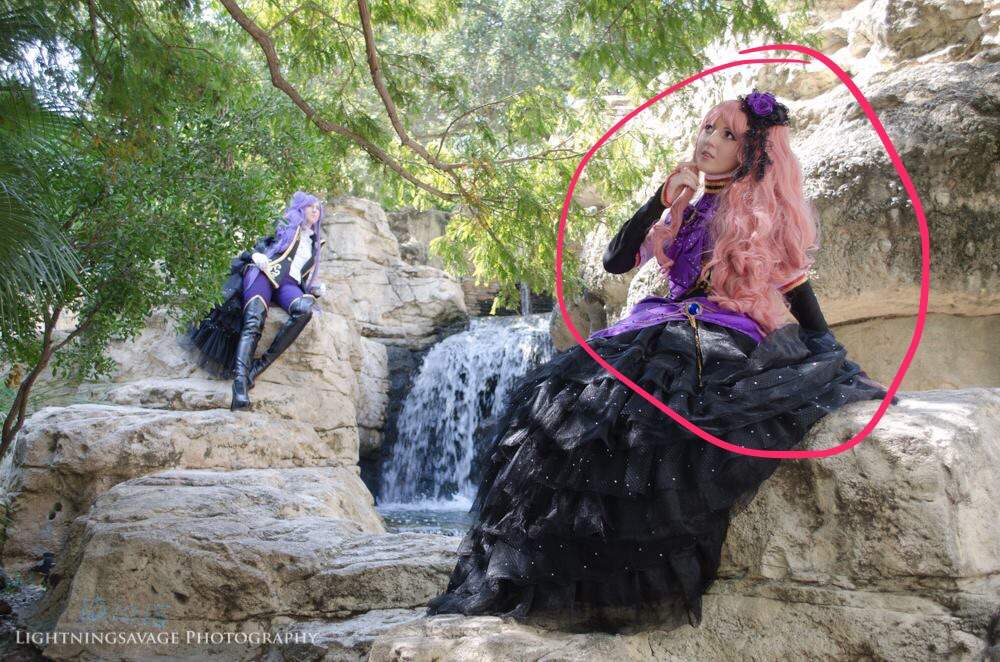
Collin and Stevie Quinlan
You can apply this same feeling throughout your entire body. Maintain a graceful confidence, and be aware of how that grace looks like through the camera lens. Note above, how Stevie floats her arm (circled). It looks effortless, and not awkward or tense or nervous. Now look back and notice that her entire body is super graceful and confident—just like Collin is behind her. Looking at Stevie’s pose, the only area where I could see tension is in her core, and that’s good. Looking at Collin, I can see tension in his hips and back, but the overall confidence is there, plus things are a bit different with masculine posing (if you’re interested, hold tight for my next post!). Releasing tension is a big deal, whether masculine or feminine, but grace I’d say is a more feminine trait. In masculine posing, confidence trumps grace nearly every time.
What Works for You?
You may have noticed that feminine posing focuses very strongly on grace and flow, and quiet confidence. What if that’s not you? As with everything in photography, these “rules” can be bent and broken. If you want to be fully decked in OTT sweet lolita and pose like you’re about to get in a fight, go right ahead! It all depends on what you’re looking for; these rules above are based on the generalization of what I’ve noticed people gravitate toward when posing in lolita already. If it’s not you, change it to make it work for you, your personality, and your body type—just make sure to practice in front of a mirror first.
Kal from Lightningsavage Photography specializes in creative portrait photography for J-Fashion enthusiasts and more. He has served as the J-Fashion event photographer for Oni-Con 2016–2020, as well as fashion shows, meetups, and personal shoots. He is also a co-owner of Kuroshiro Kawaii. You can follow him on Instagram at @lightningsavage_photography and @kaldec_
He is currently into visual kei and EGA fashions.

Sorry. No data so far.



